|
The more reading and thinking I undertake on the subject of the Protestant Reformation, several things are becoming clearer: (1) Martin Luther did not burst forth from the blue; history within the Catholic Church was bubbling toward an eruption for at least several hundred years; (2) the 1517+ division of Western Christianity stands testament to the interlocking of culture, politics, science, and theology; and (3) the Protestant Reformation is not the first or even the greatest division of the Christian Church. Christianity at the time of Luther was already divided between Roman Catholicism and Orthodoxy (the “Eastern Orthodox Church” though the adjective eastern is not in the formal title.) The Protestant Reformation makes sense only against the backdrop of these three realities. With respect to history and significant ordering, it is best to look at this primal break in the Christian family, that of East and West. Like the Protestant Reformation, there is a flashpoint, the mutual excommunications issued by Roman Catholicism—Leo IX through Cardinal Humbert—and the Patriarch [Archbishop] of Constantinople [now Istanbul], Michael Cerularius in 1054. But again, the dating does not tell the full story of the break. Various history books and scholars date the subtle roots of the schism as far back as the fourth century, which coincides with the age of the Christological Councils (all held in the East) and the Emperor Constantine’s decision to move the seat of the Roman Empire East to Byzantium, which was renamed Constantinople. As the cream of the Empire’s military and administrative system moved East, Rome became increasingly vulnerable to barbarians, and was itself sacked by Alaric’s tribe in 410 A.D. and later visited by Attila the Hun. In making such a move, Constantine and his successors were relocating from the raw knuckled Latin European West to the Grecian elegance of the East, a land of high culture, erudition, and a more Platonic or ideal philosophical way of thinking. The evolution of theology—and the fourth and fifth centuries were indeed the age of the formation of our Creeds—was not exempt from this Eastern influence (the Nicene Creed’s term consubstantial is a labored Latin derivation of the more elegant and descriptive Greek homoousios, or “same substance.”) It is not hard to imagine that the Eastern see of Constantinople—along with other major Eastern sees including Alexandria, Jerusalem, and Antioch—began a consolidation of thought, practice, and, admittedly, superiority over the Western half of Christianity, which it considered something of a backwater in every sense of the word. As the West was entering upon the dark ages, the impression of the Eastern half seemed justified. Eastern Christianity, which looked to the Patriarch of Constantinople as “first among equals” with his episcopal brethren, found the assertions of authority of the Bishop of Rome offensive and overreaching. In the last of the Christological councils, Chalcedon in 451 A.D., Pope Leo I did not attend, but instead submitted the formula we know today: that Jesus Christ, though having two distinct natures, divine and human—has one operational persona/consciousness. The human Jesus is not a battleground of divine and human impulse. The brilliance of Leo’s assertion carried the day theologically for Christianity in the fifth century, but not everyone in the East was happy about the assertion of power by the Bishop of Rome or the theological justifications asserted. The Ecumenical Council of Chalcedon (451 A.D.) is as good a place as any to explain why the East and the West would eventually split. The East, for reasons of culture, philosophy, belief, and liturgy, approached Christian doctrine in a much more mystical fashion than the pragmatic West. The Eastern image of Christ emphasizes his place in the Trinity, whereas we tend more to the human Jesus offering himself on the cross for our sins. I got my theological comeuppance on Eastern theology when I had the good fortune to visit the Orthodox Church of the Savior on The Spilled Blood in Russia this summer. I had assumed the “blood” in the title was Christ’s, but it was that of Russian Emperor Alexander II, who was assassinated on the site in 1881. The blogsite for the Church on the Spilled Blood comments on the building’s appearance, indicating in so many words that the design is “in your face,” particularly considering the date of construction, post-1881. The new emperor who constructed this church wanted to make a statement to his subjects that Russia was losing its soul to modernity. [See photos below.] This is a classic theological theme of the Orthodox Church, which has a profound reverence for history. Orthodox thinking holds that the early centuries of Christianity, particularly the era of the Christological Councils, hold preeminence in the Christian life. As I understand it, the Orthodox do not recognize councils beyond the seventh as truly Ecumenical. After several more centuries of increasing division, the flash point of division arrived in 1054. For simplicity sake, the two intractable issues identified consistently are the Bishop of Rome’s claim to authority over the Patriarch of Constantinople and a long-standing dispute about the Creed’s teaching on the Trinity. This dispute has continued through history as the filioque controversy. Western Christianity, in the Nicene Creed, declares that the Holy Spirit proceeds from the Father and the Son, though the phrase “and the son” (filioque in Latin) was added late in the first millennium. The Orthodox view this formulation as an aberrant theology of the Trinity. And thus, the major division of Christendom, West and East, the Roman Catholic West and the Orthodox East was formalized. The Orthodox retain the seven sacraments, the Scriptures, and the teachings of the Christological Councils. The Orthodox venerate the Virgin Mary and the saints. [Ironically, there is at least one saint canonized by both churches, St. Maximus the Confessor.] But catastrophes and poor judgment have set back the cause of reunification. The worst may have been the Fourth Crusade; see my review of The Fourth Crusade and the Sack of Constantinople (2004); Western Crusaders massacred this holy city and looted perhaps the most beautiful seat of religious and secular culture in the world at that time. Constantinople, as a church power, fell for the last time to the Islamic Turks in 1453, a blow that despite everything cast a pall over Western Christendom. The Orthodox Church today composes the second largest Christian body on the planet, with most adherents living in Russia, Greece, and Eastern Europe. After Vatican II and his election to the papacy, Pope John Paul II labored to improve relations with the Orthodox. However, the Eastern Church has been reluctant to associate itself with what it considers the decadent and modernist ways of Western Christianity and Western culture in general, a characteristic dating far back into its history. This stance has been enhanced, no doubt, by its setting in Russia. The Great Schism of 1054 and the events that followed were well known to Catholics in the sixteenth century, and certainly to those seeking reform. The breech of East and West was a demonstration that the Church could divide on matters of principle. Leaders of the Protestant Reformation, then, did not need fear that they were following an unproven path, though their causes might differ from Orthodox sensitivities.
0 Comments
Leave a Reply. |
Church HistoryArchives
February 2024
|

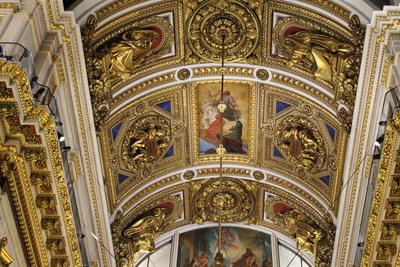
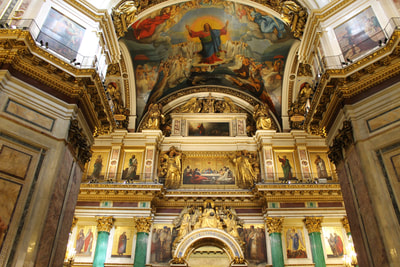
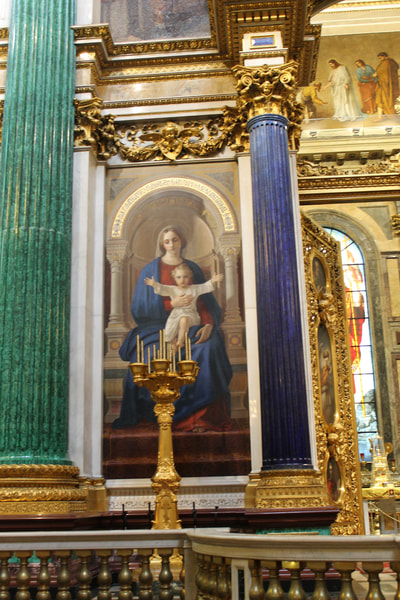
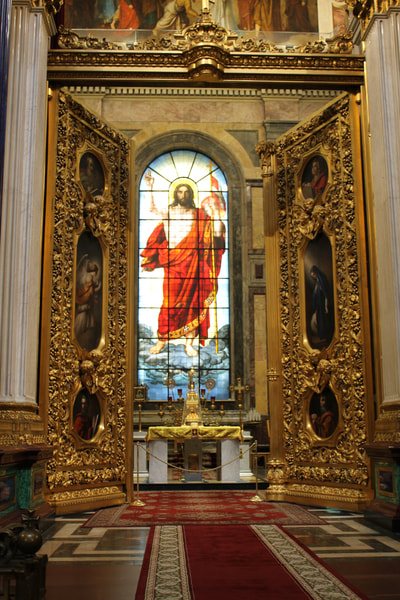
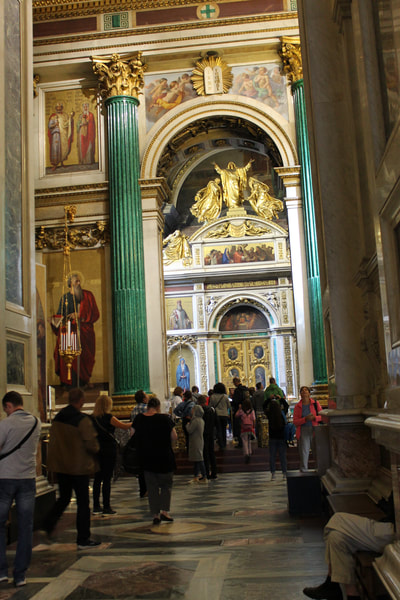
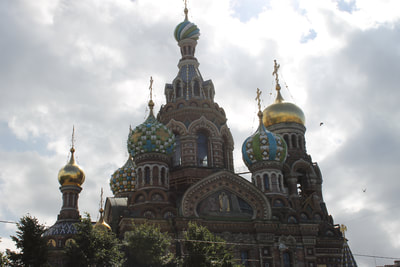
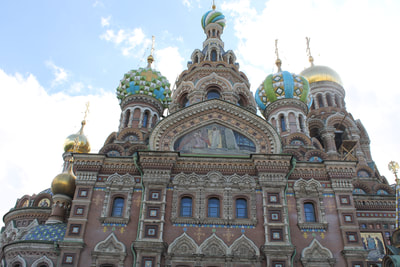
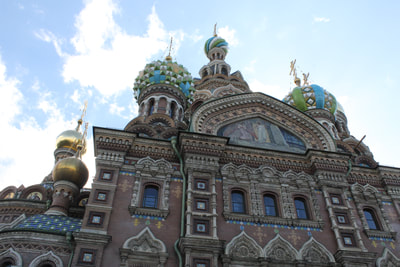
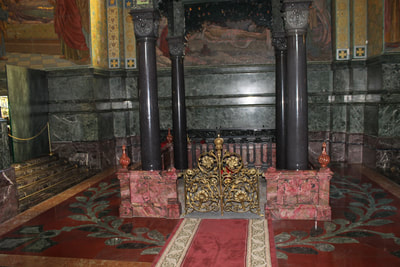
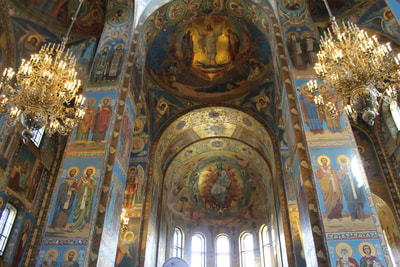
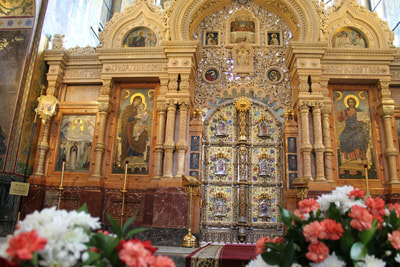

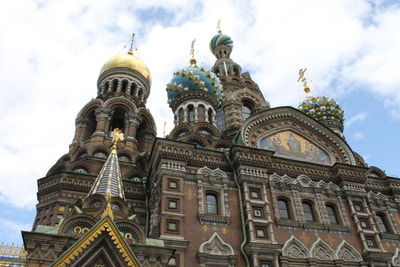
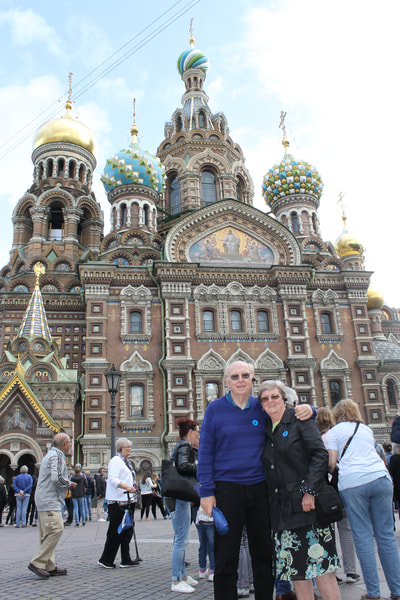
 RSS Feed
RSS Feed